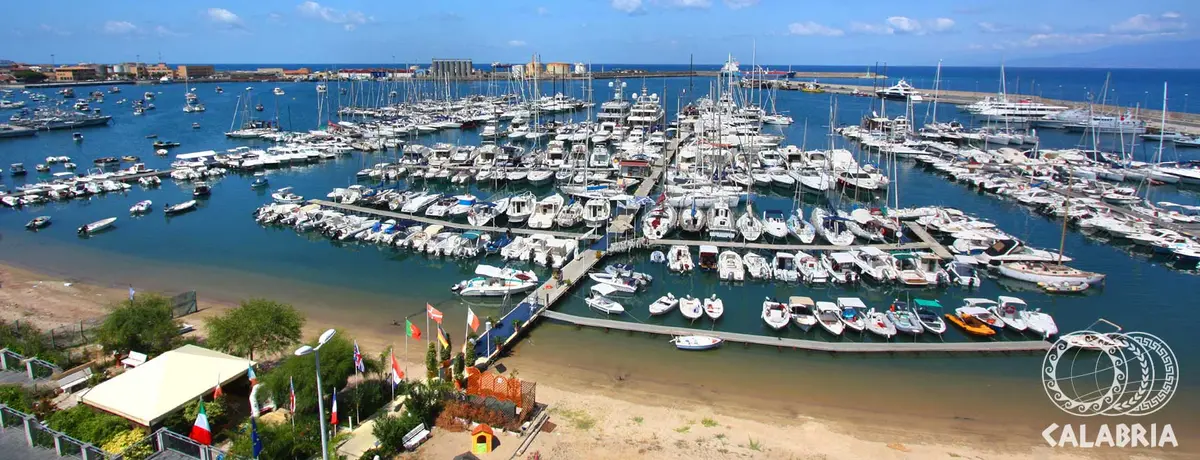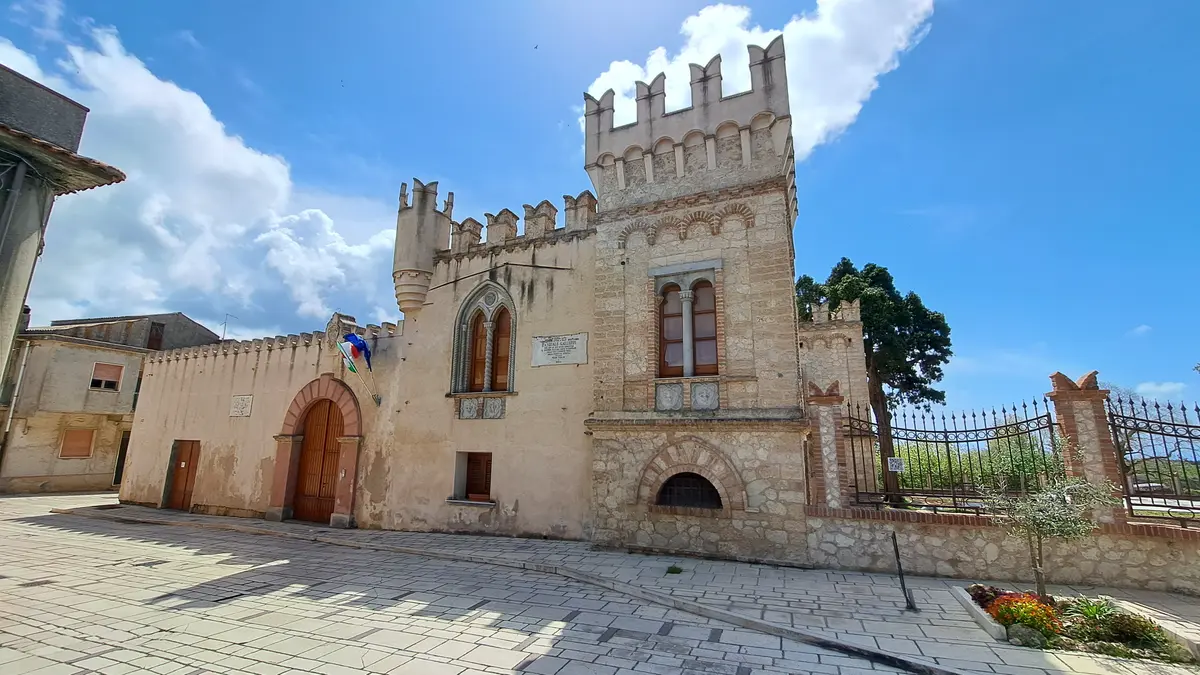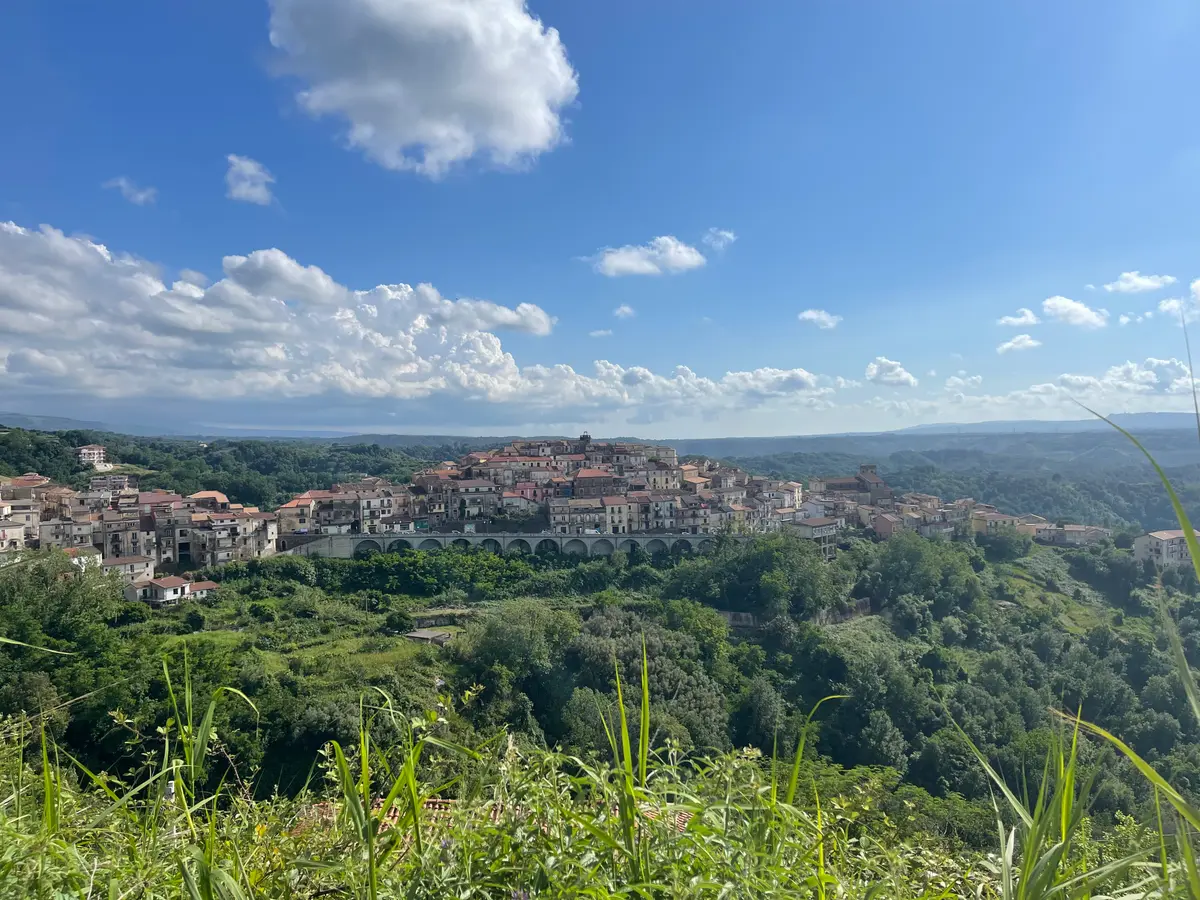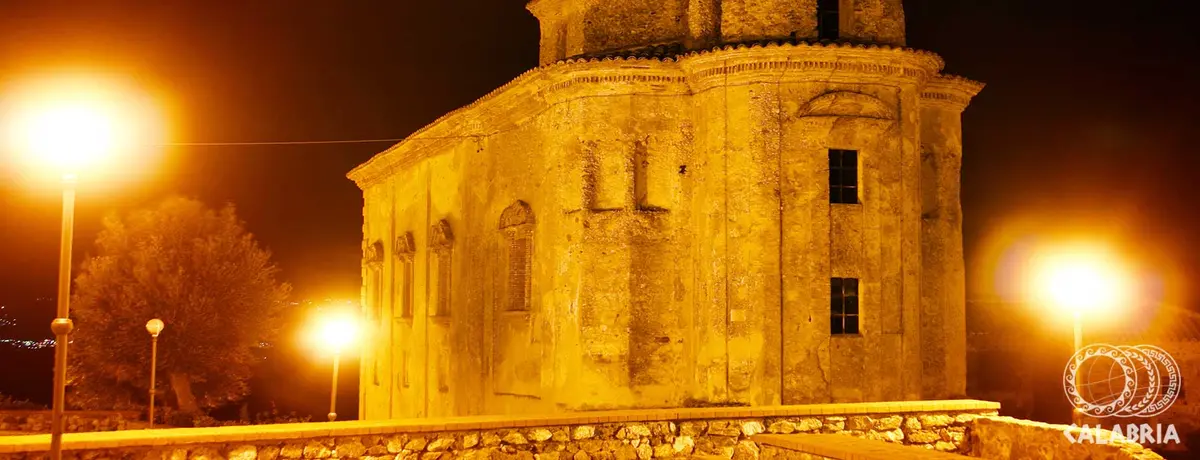Vibo Valentia
Vibo Valentia, the Greek colony dear by the gods
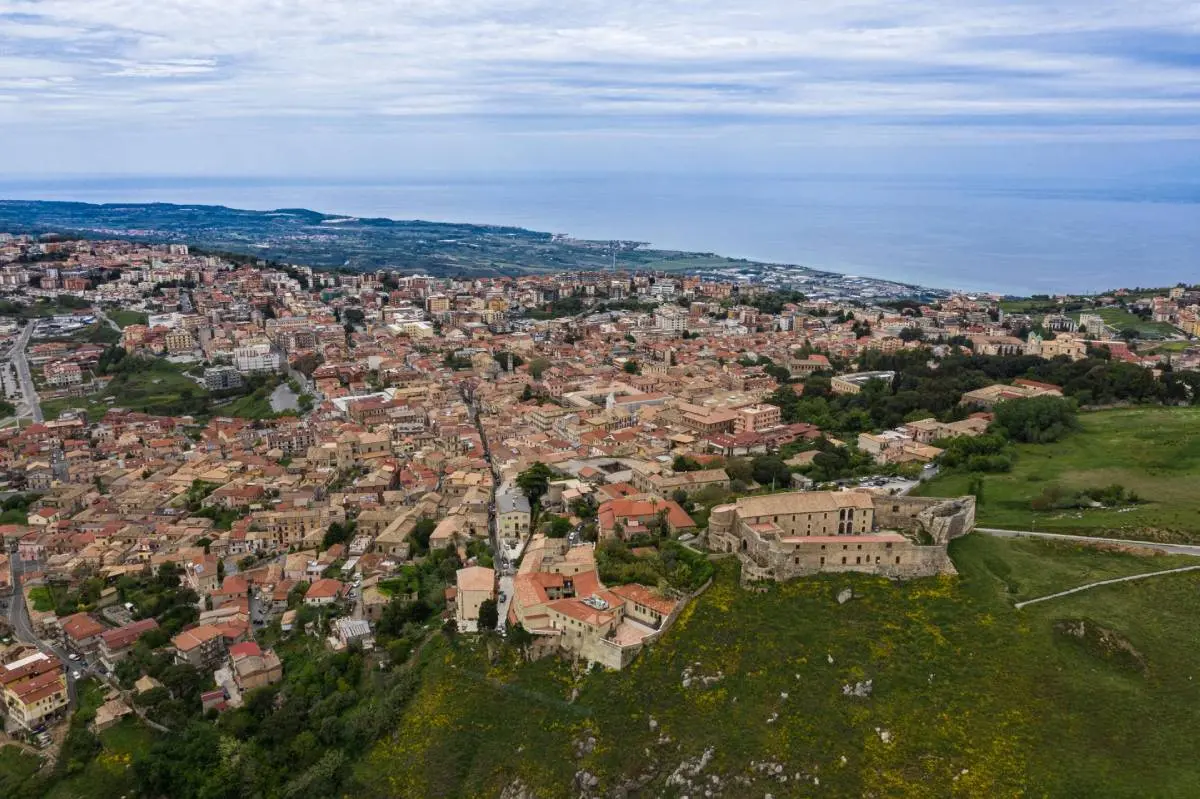
Ports and docks
Regione Calabria
Vibo Valentia is the smallest of the Calabrian provinces, the capital of the Serre Regional Natural Park with an outlet to the splendid sea of the Costa degli Dei, the stretch of Tyrrhenian Calabria on which stands the seaside village of Vibo Marina (ancient Porto Santa Venere), a strategic port from which mini-cruises to the Aeolian Islands also depart and home to the historic tuna fishery of Bivona. Behind, the Monte Poro massif, to be explored on a trek to discover typical products, such as the prized Pecorino del Monte Poro DOP cheese.
The ancient Hipponion, one of the most important city-states of Magna Graecia (182 B.C.), is the origin of today's Vibo Valentia (toponym of Roman derivation, Valentia). Its remains can be admired at the important Vito Capialbi National Archaeological Museum, which is housed inside the Norman Swabian Castle (built in 1070 by Roger the Norman) and contains the precious Laminetta Aurea, the oldest orphic text found in Italy.
Among the places not to be missed in Vibo Valentia's historic centre, a stroll along its two avenues (Corso Umberto I, the oldest, and Corso Vittorio Emanuele III, the most recent) reveals the city's shopping streets and the beauty of its ancient palaces: from Palazzo Gagliardi, home of the annual Leggere&Scrivere Festival, to the Di Francia and Cordopatri palaces, characterised by majestic granite portals sculpted with noble coats of arms and masks.
Also worth visiting is the 17th-century Cathedral of San Leoluca, with the elegant Valentianum Complex, a former Dominican convent now used as a Museum of Sacred and Contemporary Art.
What to see and taste in the province of Vibo Valentia? Not to be missed in the mountainous hinterland is a trip to Serra San Bruno, an opportunity to visit the Carthusian monastery and taste the prized Porcino delle Serre, and to the nearby Soriano Calabro, cradle of Dominican handicrafts and history; along the Costa degli Dei a visit to Pizzo, with a taste of the famous tartufo ice cream, Tropea, among The Most Beautiful Villages in Italy, and the renowned beaches of Ricadi (Capo Vaticano) are a must.
"A Different Tale" exhibition: Vibo Valentia
The exhibition ‘’A Different Tale‘’ represents a unique cultural project, designed to enhance some of Calabria's most fascinating villages through the art of illustration. Sixteen talented Calabrian authors have reinterpreted places, stories and popular traditions linked to these villages, creating modern works full of personality.
Presented in Melbourne and New York in October 2024, the exhibition celebrates Calabrian identity in a dialogue between tradition and innovation, involving an international audience.
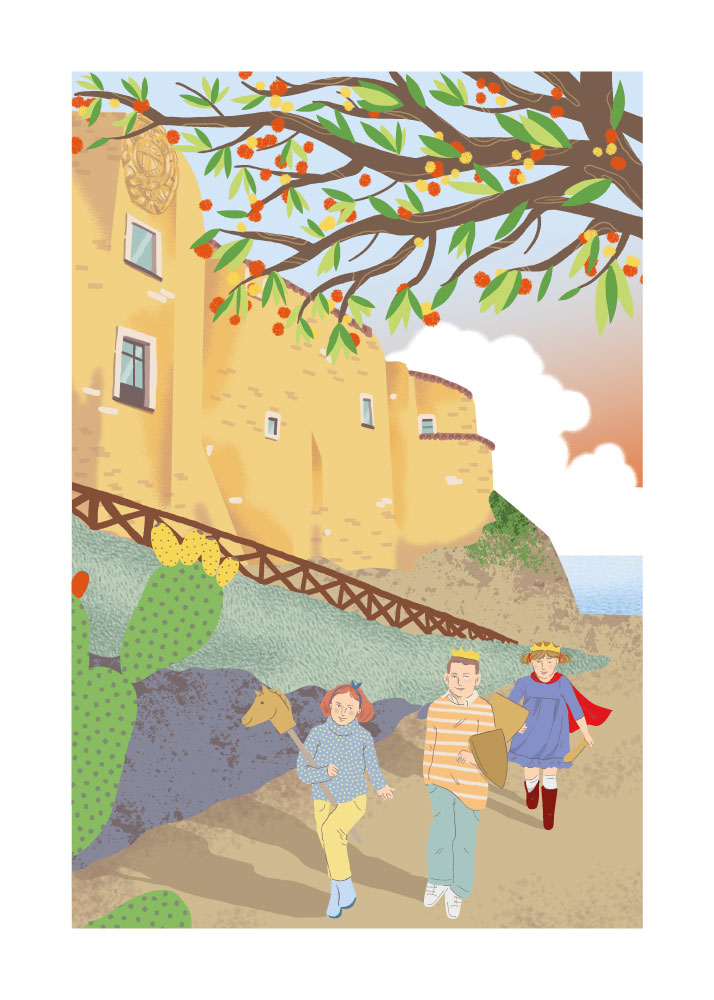
Laura Angelucci created the illustration of the city of Vibo Valentia. A Roman illustrator and cartoonist, she trained at the Academy of Fine Arts in Rome and Macerata, concluding her studies with the self-publication of the graphic novel Breve e modesta guida per trovare il tetto nel quadrante est di Roma under the guidance of Alessandro Baronciani.
She has collaborated with publishing houses, newspapers and realities such as TED, Huffington Post, Bvlgari, La Stampa, Corriere, Mondadori, DeAgostini and Add. Passionate about cinema, she always works with a cat on her desk.
No result
